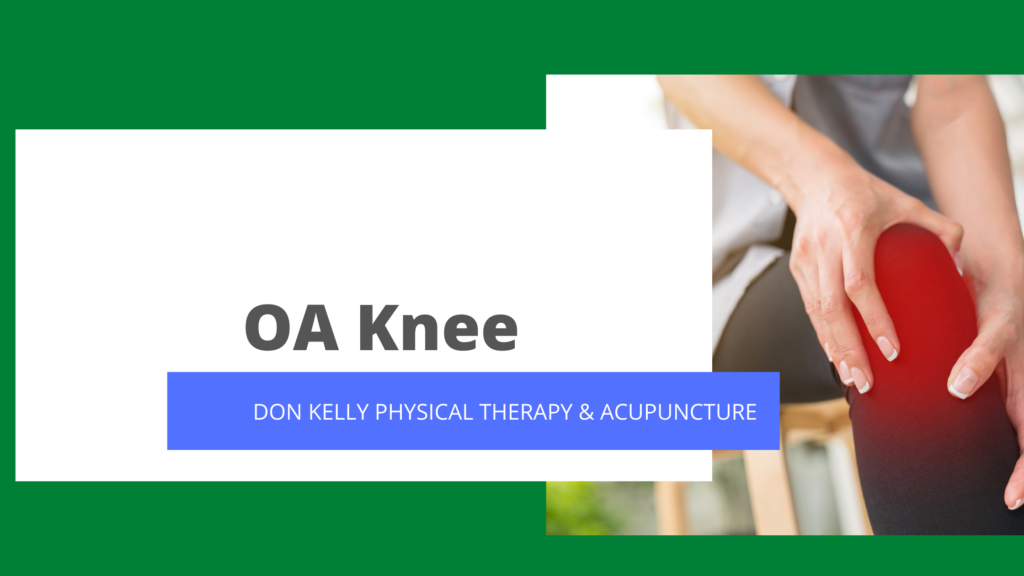Osteoarthritis, or OA, is the most common cause of physical disability in older adults. It can also be described as wear and tear, or called degenerative joint disease. The knee is one of the most common joints affected by the condition.
A joint is where two bones meet. These contacting areas of bone are covered with a tissue called cartilage. It’s smooth design with no nerve supply, allows low friction, pain free movement of the joint,
OA occurs when this cartilage starts to thin, causing the knee to become stiff and painful. It can wear significantly enough to expose the roughened surfaces of bone beneath.
There are various reasons why you might develop osteoarthritis. Women are a little more likely to develop OA, as are those who have lead a particularly high impact lifestyle.
Obesity plays a large role in increasing your chances of developing OA. The greater the load on the joints, the more stresses are placed on the tissues. Previous joint injury or structural abnormalities can also increase your likelihood of developing OA.
With some simple management, it is possible to significantly decrease your pain, increase your activity & function, and reduce your need for oral painkillers.
Exercise is key. The worst thing you could do by your knee is to stop using it. Focus on low impact exercise such as cycling, or swimming. It may be advised to avoid breaststroke as the twisting action of the legs may aggravate your knee.
Address the activities that particularly provoke your symptoms. It may be necessary to temporarily cut back.
Manage your pain with pain killers. This will enable you to perform the necessary exercises to maintain the stability and movement of the joint but also its not something you want to grow dependant on,if there is pain during exercise with or without pain killers you need to reduce or stop the exercise if there is pain
The weaker the muscles, the more excess stresses and strains are placed on the cartilage. Keeping the muscles of your trunk and legs strong and flexible will help you to protect your knee.
OA can reduce the balance and control you have of your knee. Simple daily drills can be practiced which will help to improve this function, and reduce your risk of falling.
Try and link your exercises to day to day activities, such as washing your hands or preparing
Your dinner etc
Finally, do not be afraid to use a walking aid. Degenerative conditions have good days and bad days. Using a walking stick or elbow crutches can help you to continue to function on these bad days, and prevent you from provoking your pain but only when in pain it is also vitally important that you do as much as your activity without the use of a walking aid as too much use of walking aids will in time help weaken your overall strength in the joints


